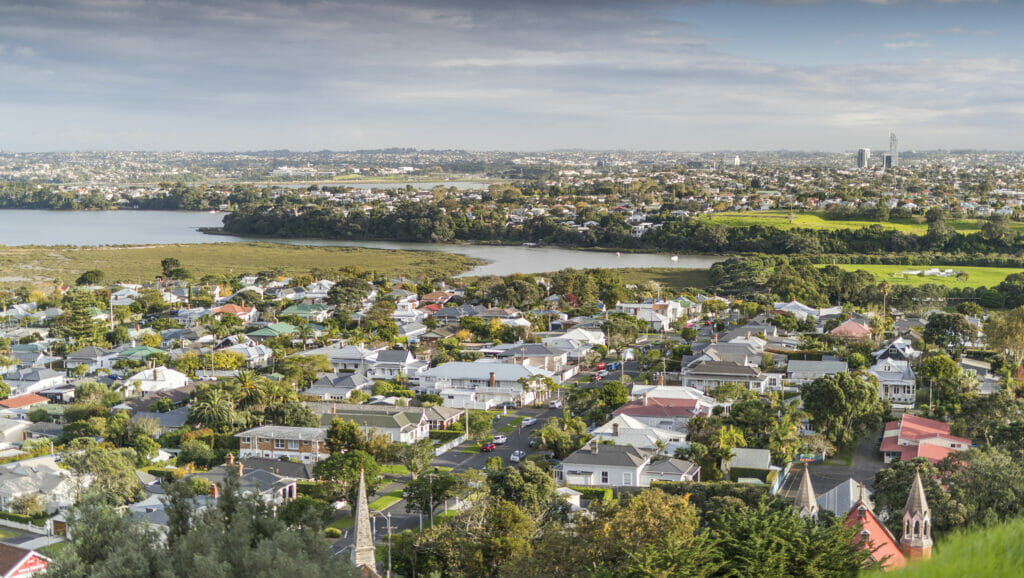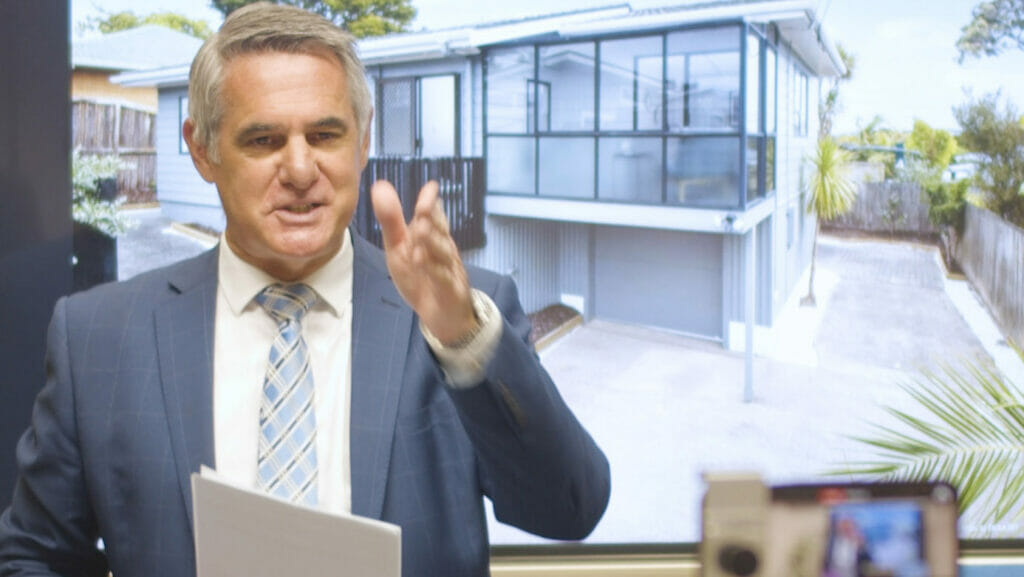
Forced adoption
In a recent publication by The University of Auckland, it was noted that the pandemic accelerated trends that were already underway, including the increased influence of digital and other technologies on the way we as individuals and a society function. As people around the world were forced to isolate and lock down, technologies that facilitate modes of communication such as Facetime, Skype and Zoom were adopted by the masses as a way to stay in touch. Businesses that typically had their employees together in an office every day quickly had to shift operations entirely online. In a recent survey of New Zealand small businesses by Xero, 73% of respondents had to make quick changes to the technology they used to keep their business functioning during lockdown.
This sink or swim mentality was noted by Katherine Corich, the London-based chair of Sysdoc Group, who observed that Covid-19 caused a rapid adaptation of new technologies in a range of industries, and the adoption of remote and collaborative working styles. Allen Qu, the Beijing-based founder and CEO of online marketing solutions company Netconcepts identified that many companies and brands were shifting their focus from offline to online operations, especially around e-commerce and online reputation management. Allen anticipates this shift will continue post-Covid as consumers get used to online consumption.
Greater resilience
As observed by KPMG, while businesses were already working hard to maintain resilience in the face of relentless technological innovation, amid Covid-19, businesses needed to urgently assess all aspects of their resilience to ensure their survival. Robert Genieser, Managing Partner at London-based investment capital firm ETF Partners noted that a trend he has seen Covid-19 accelerate in technology is a greater resilience in supply chains. Covid-19 revealed supply-chain vulnerabilities that many businesses didn’t realise they had. Building flexibility and resilience in operations became critical, and so did the adoption of digital tools to do so. In fact, 47% of businesses surveyed by Xero said the adoption of technology to increase productivity in operations was now a matter of survival.
Retention over creation
During Covid-19, businesses focused on maintaining contact with existing customers, to strengthen brand loyalty in trying times. Craig Fenton, Director of Strategy and Operations at Google, UKI & Southern Europe, observed that every business in some way had to pivot their service or product to online, and that necessity proved to be a great trigger for innovation. Kirsty Traill, VP of Client Solutions at American Search Experience Cloud Platform Yext noticed a significant increase in focus towards the retention and renewal of existing customers. With net new business becoming more difficult, Kirsty has seen Covid-19 accelerate the shift in focus on optimising existing customer value and engagement, and foresees this trend lasting post-Covid.
The Government’s economic plan relies heavily on investing in new technology and digital innovation, and recognises a thriving digital technology ecosystem will be a necessary condition for a more productive, sustainable and inclusive economy. With the various ways Covid-19 has accelerated the tech industry, we look forward to seeing how New Zealand further enables businesses to maximise technology gains, innovate, and build resilience.
The next installment of this series will be on Consumer Goods and Services. At Kea, we pride ourselves on aggregating the thought leadership of Kiwis making waves around the world. If you would like to hear more from us, please join us as a member here.
HOW KEA CAN HELP YOUR BUSINESS GROW
Kea Connect
Kea Connect is a free service that will help your business grow offshore. We connect you personally with regional, sector-specific experts and peers.
Resources
Kea is here to help New Zealand businesses grow offshore. Be inspired and hear advice from businesses who have created their export path.
Jobs Portal
Looking for the right talent for your team? Reach our global Kiwi community through the Kea international job portal.

 MENU
MENU











